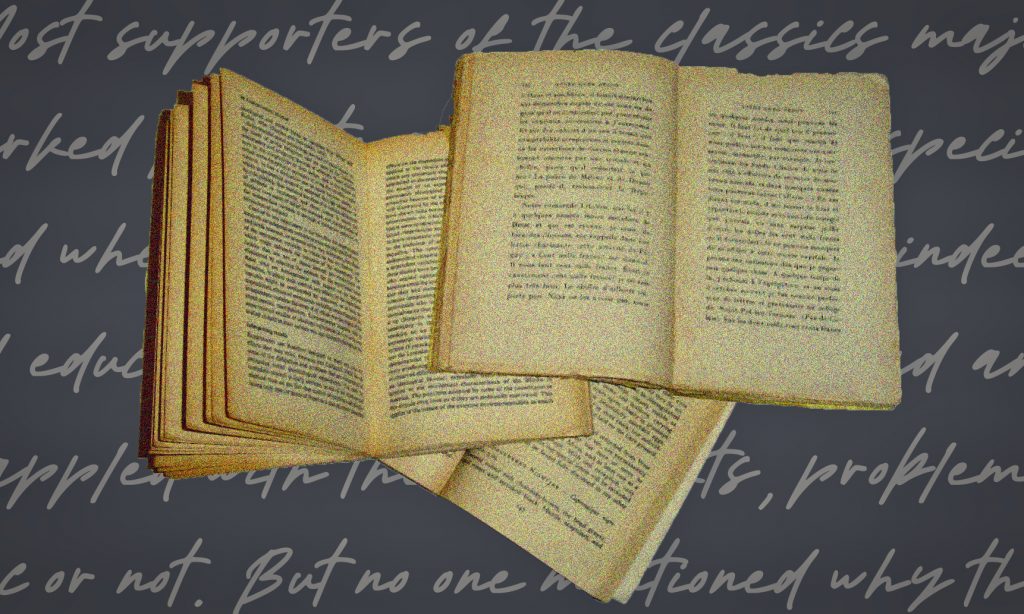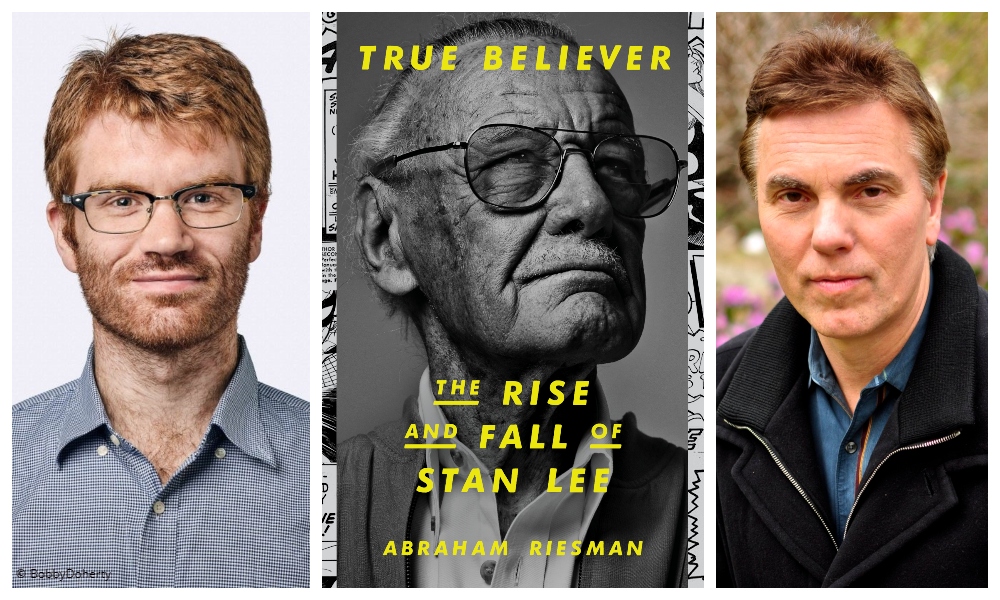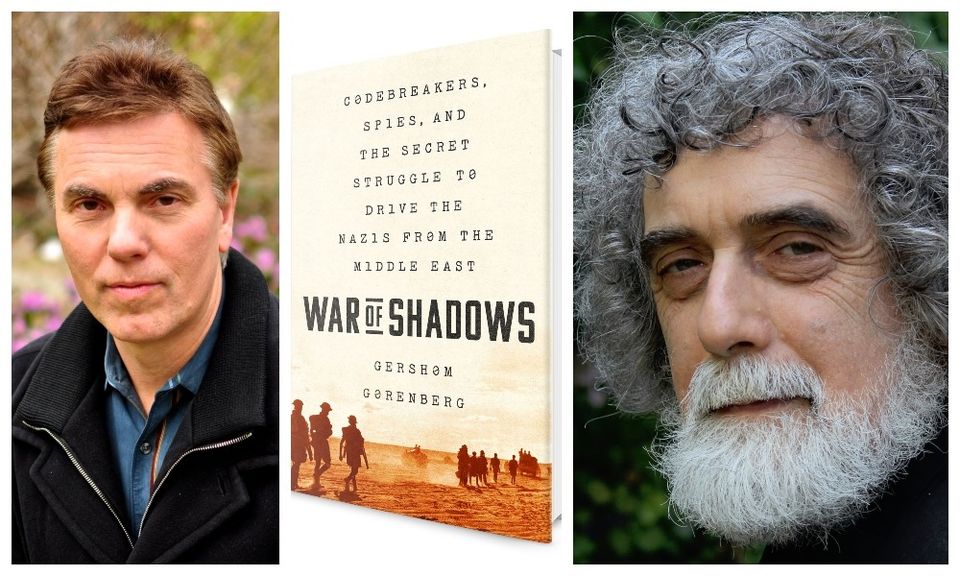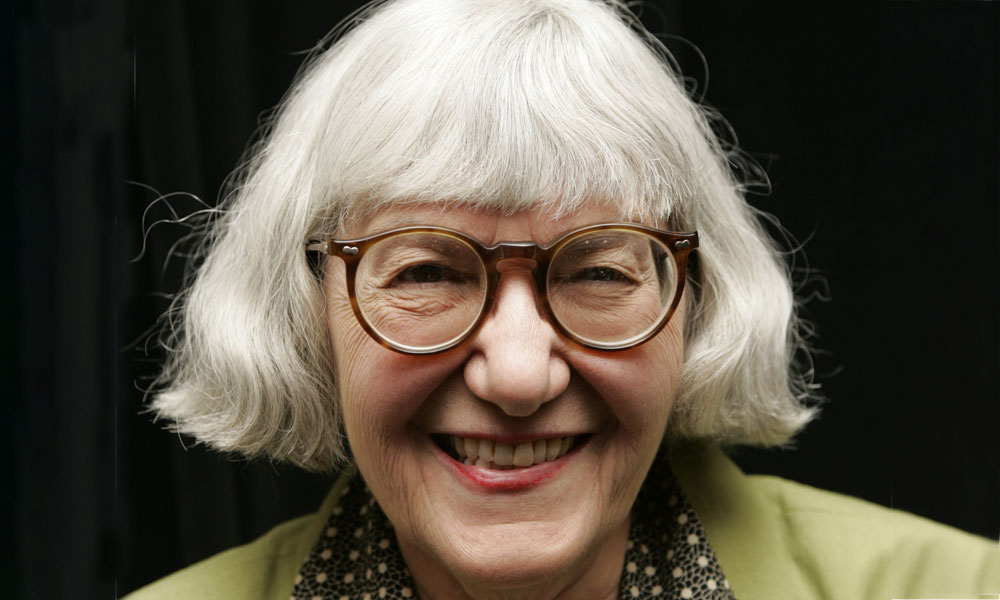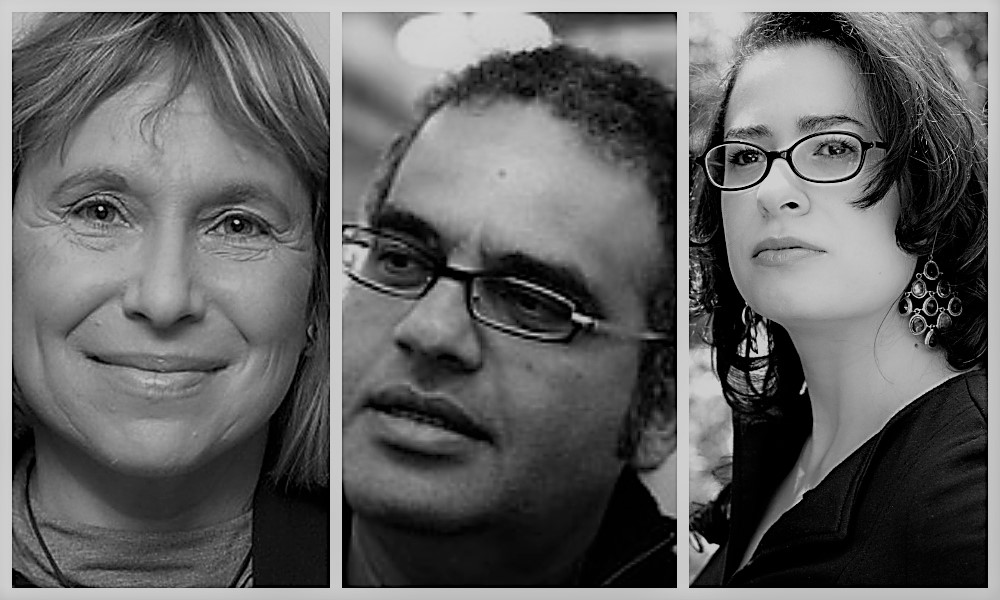Sontag, Her Life and Work
by Benjamin Moser
EccoPress/HarperCollins
2019, 665 pp, $45
I met Susan Sontag only once; it was after a dramatic reading of a translation of Witold Gombrowicz’s Trans-Atlantyk, which I went to hear with a group of friends in 1994. The play was mystifying, linguistically peculiar and discordant, and nobody knew what to say when the performance was over. Fittingly, there was Sontag, author of Against Interpretation, dominating the conversation. I can still see her magnificently oversized though slightly bent-over frame, the famous swatch of white standing out in the inky dark mop of her hair, arms and legs threatening to overflow their boundaries, moving too freely into other people’s spaces. This was just after her 1993 production of Waiting for Godot in Sarajevo, and she was making trips back and forth to Bosnia. At that time, she embodied the moral authority and courage of American culture. But for every measure there is a countermeasure, and Benjamin Moser’s biography, Sontag, Her Life and Work, masterfully shows how much strain was involved as she balanced self-creation and intellectual rigor against inner turmoil and insecurity, and how much she paid for the veneer of artifice and steely self-assurance.
Susan Sontag not only had formidable intelligence but was fiercely dedicated to self-improvement and constantly reshaping herself, making lists of books to read, movies and performances to see, subjects to write about. While her ambition was immense, she had to begin by setting herself free from what she called the “long prison sentence of childhood.” Susan Lee Rosenblatt (she took her stepfather’s name after her mother remarried) was born in New York City in 1933. She was five years old when her father, a young and prosperous furrier, died of tuberculosis while traveling in China for business. Her mother, beautiful, fragile, vain and alcoholic, tried to sustain a gradually diminishing lifestyle, moving with Susan and Susan’s younger sister from Great Neck to Montclair, Miami Beach, Woodmere, Forest Hills, Tucson (where she married Captain Nathan Sontag, who was recovering from a war injury) and finally Los Angeles. Like other children in pain, Susan learned to divide what she knew from what she didn’t want to know, mind from body, self-love from self-loathing. By the time she came to adulthood, her gigantic intellectual endeavor and what Moser describes as her “Olympian” sex life existed uneasily in that fissure. (Her profusion of both male and female lovers included Robert Kennedy and Warren Beatty, Lucinda Childs and Annie Leibovitz, with whom she remained intimate from 1989 until her death.)
Throughout her life, from her precocious adolescence to the years at Berkeley and the University of Chicago where she stood out “like a movie star”; from her marriage to Philip Rieff to motherhood, divorce, world travels and many love affairs; from her brilliant entry into the avant-garde art scene to the celebrity of her writing, she carried forward alternating feelings of grandiosity and failure. On the one hand, there was the adamantine assertion of competence and exceptionalism; on the other hand, foundering vulnerability. She addressed the inevitable interior truce she came to in the privacy of a 1969 journal entry that serves as the epigraph to this biography:
Q: Do you succeed always?
A: Yes, I succeed thirty percent of the time.
Q: Then you don’t succeed always.
A: Yes I do. To succeed 30% of the time is always.
In order to show the poignancy of that struggle, Moser has contextualized Sontag’s published writings and triangulated them against her archived papers as well as hundreds of interviews. In many places, his results are astonishing. He presents a watertight case that, at the very least, she was co-author of Freud: The Mind of the Moralist, which Philip Rieff published under his name in 1959. Though Sontag gave up rights to the book as part of their divorce agreement, Moser notes that their son David Rieff owns a copy of the book which Philip inscribed more than 40 years later: “Susan, Love of my life, mother of my son, co-author of this book: forgive me. Please. Philip.”
Because her duplicity and double-ness make Sontag an unusually difficult study, Moser painstakingly had to extract fact from fiction, sleuthing authorial intentions clouded by ambiguity. In several instances, he shows how themes of homosexuality undergirded her work while mortification and shame about her sexuality caused her to camouflage her intentions. This was the case with “Paradise,” her story about meeting Thomas Mann, which initially was titled “Aria about Embarrassment.” The same is true with “Notes on Camp,” based on an earlier piece of writing called “Notes on Homosexuality.” (“Notes on Camp” provided the foundation for the
recent blockbuster exhibition in the Costume Institute at the Met.).
Like so much else about her, her Jewish identity contained numerous contradictions and accommodations, some of them typical for assimilated middle-class American Jews of her generation and some of them unique. In a long catalogue of childhood reminiscences inserted in an early notebook, Sontag listed on the one hand “Finding a Kosher restaurant for Grandma” and on the other, more delicately described, “the table Christmas tree in Florida: silver with blue lights.” In adulthood, she was capable of saying to one person that being Jewish was of fundamental importance to her and to another that it meant nothing. In her seminal essay “On Photography,” she describes what it felt like when she was 12 years old and inadvertently came across photographic images of the concentration camps Bergen-Belsen and Dachau. She recounts how “something went dead; something is still crying.” Even in the heartfelt poem she wrote, she sequestered her personal identification with Jewish suffering:
Ashes of those who were burnt in the
camps, bodies starved, shot, beaten, maimed in
the camps, resume to me what befell you, O allow
me to remember you [ . . . ]
I do not think your ashes will nourish and fructify anything, I do not think
your deaths had any meaning, or that any good will be seen served from them:
Forgive me for not having the power—had I the right—to transmute them.
In writing, it was always characteristic for Sontag to push away her deeply secretive private feelings and concentrate on the more public abstractions. Even as a child, she asked: What use were the photographs? What’s their purpose, since there wasn’t anything she could do to heal the suffering? In fact, you might say that the photographs of those tortured and skeletal Jews and the heaps of Jewish corpses provided her life’s work, since over the decades and in various settings she returned to the problem of how to react to other people’s suffering, how to understand empathy, agency, symbol, metaphor and the power of the camera. In the course of time, as she gained more firsthand knowledge of illness, cancer and bereavement, and as many friends died of AIDS and the atrocities of war, her thoughts were refined and her position shifted.
The final portion of the book focuses on the devastating self-delusion, neediness and disintegration of her last years, particularly the harrowing final nine months when she was dying from a virulent blood cancer. Sontag, who had always believed in her own exceptionalism, found it impossible to reconcile herself to her own death and chose to undergo a risky adult stem cell transplant that failed. Her death was a prolonged torment, and it’s deeply ironic that, when her body became the site of excruciating suffering, Annie Leibowitzw used the camera to record an agony similar to what the 12-year-old Sontag saw in the long-ago concentration camp photographs. For Leibowitz, the photos were an honest record of their long relationship, an act of closure; but for Rieff, her son, they were a violation that turned a deathbed into what he considered celebrity carnival. Perhaps it’s the colossal achievement of Sontag’s intellect that the thoughts she framed and reframed about pain and authenticity have continued, on both a personal and a public level, to have urgency and provoke argument.
Frances Brent writes often about art and literature. She is the author of The Lost Cellos of Lev Aronson.
Moment Magazine participates in the Amazon Associates program and earns money from qualifying purchases.




